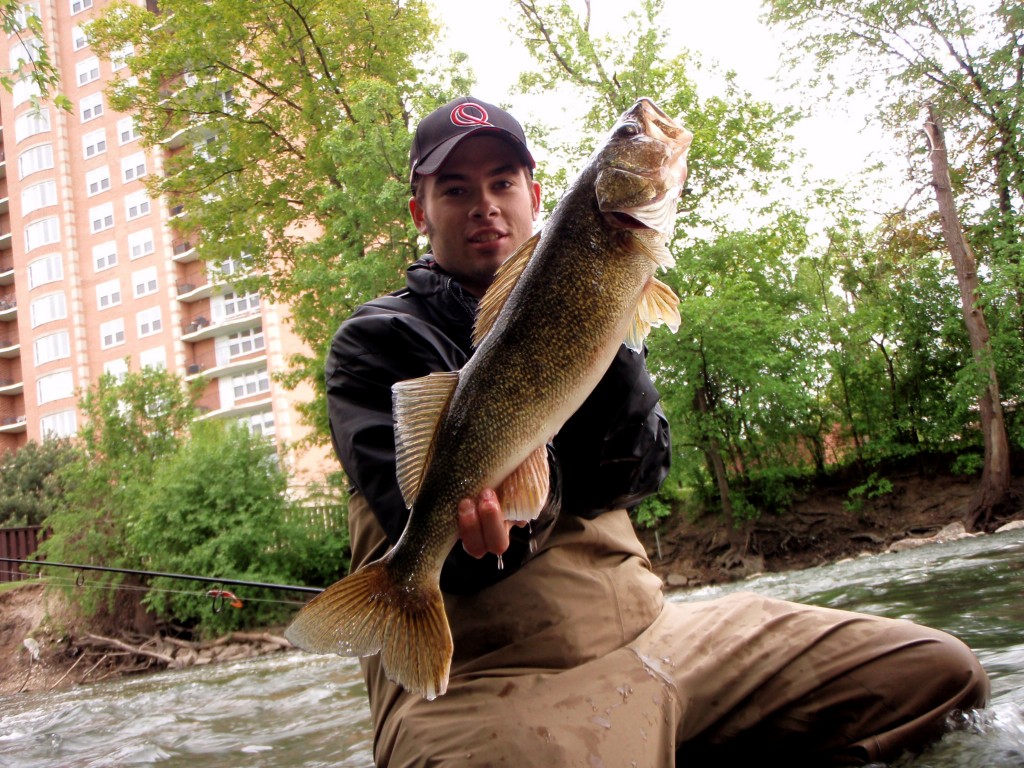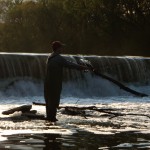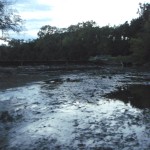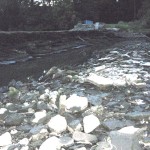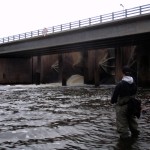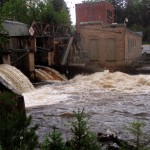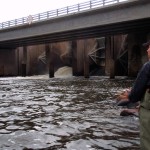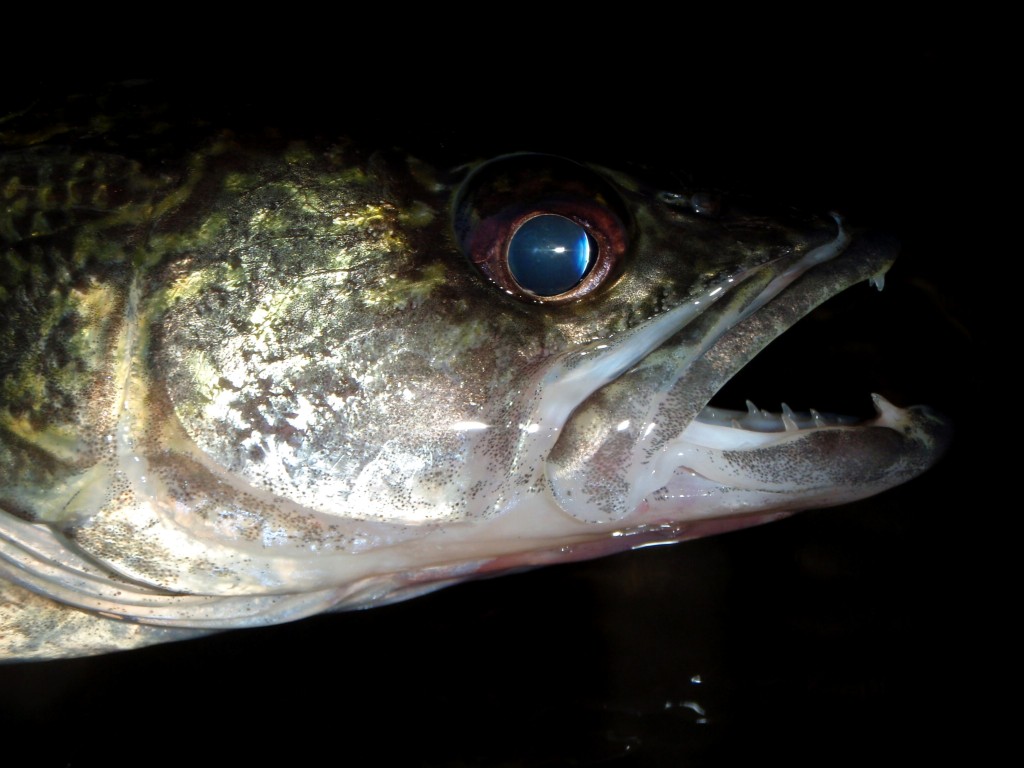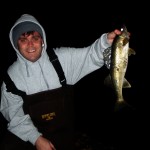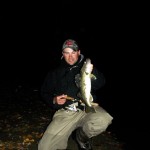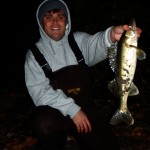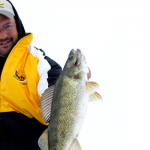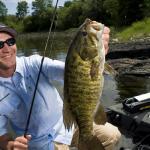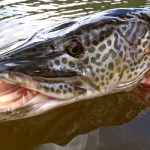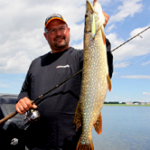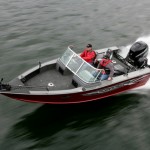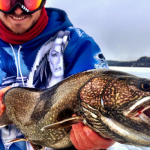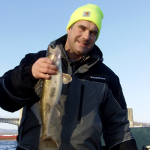By Andrew Ragas
The presence of dams impacts anglers as much as they do migratory fish species. The 21st Century is becoming a golden era for re-establishing fish populations at all-time highs. River walleyes are greatly benefiting from dam removals today.
Dam removal, a popular watershed subject to biologists, anglers, and conservation groups throughout the Upper Midwest, is the elongated process of removing out-dated, dangerous, and ecologically damaging barriers from river systems. There are thousands of out-dated dams in the United States that were constructed in the 18th and 19th centuries for the purpose of flood control and water management. According to the American Rivers Organization, more than two million dams are present in our nation’s waterways, and they block more than 600,000 miles of river. Today, thousands of these dams no longer serve a purpose. Thanks to the ecological damage caused by reducing fish populations and degrading water quality and species distribution, several river systems and their native walleye populations are now greatly benefiting from dam removal.
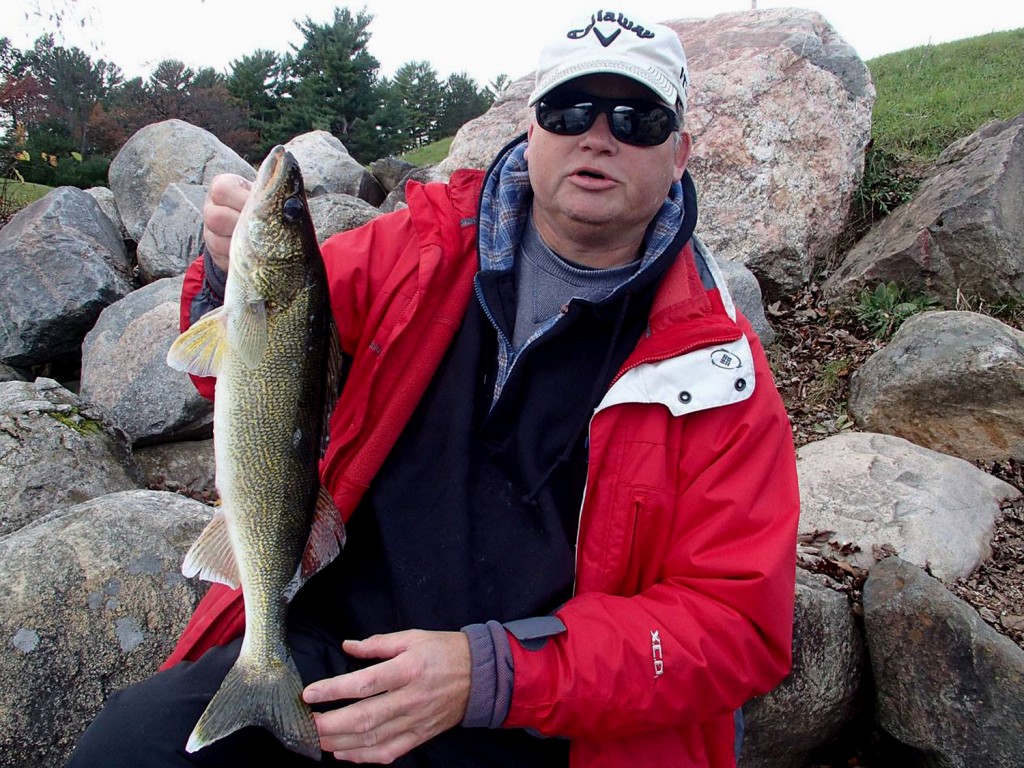
Most anglers are aware of the monumental spawning migrations made by salmon, sturgeon, paddlefish, and shad. Every year, these species face obstacles and adversity in attempting to return to the same rivers and spawning sites where they were born. Very few of these migratory fish spawn successfully in their dam-filled rivers, while most don’t. For walleye anglers in Northern Illinois, where dam removals have turned into petty political battles rather than bipartisan ecological wars, dams and other barriers are preventing river walleyes from ever reaching their native spawning grounds. Over time, the presence of dams reduces native fish populations to a remnant status, and leads to a continued reliance for stocking efforts and wasted angler tax dollars.
Due to the presence of dams, what was an uphill battle for fish spawning migrations has now become a serious matter of survival…. for both the migratory fish populations, and sport fishing economies surrounding local communities.
Politics versus Conservation
Dam removal is a controversial topic in the Northern Illinois region. Whenever it’s time for biologists and government officials to gather and compromise on a plan for the common good of any watershed, the subject of dam removal oftentimes becomes heated and argumentative. Like everything currently hampering the prosperity of our country, political battles and personal agendas amongst our leaders are now the greatest barrier in the removal of dams.
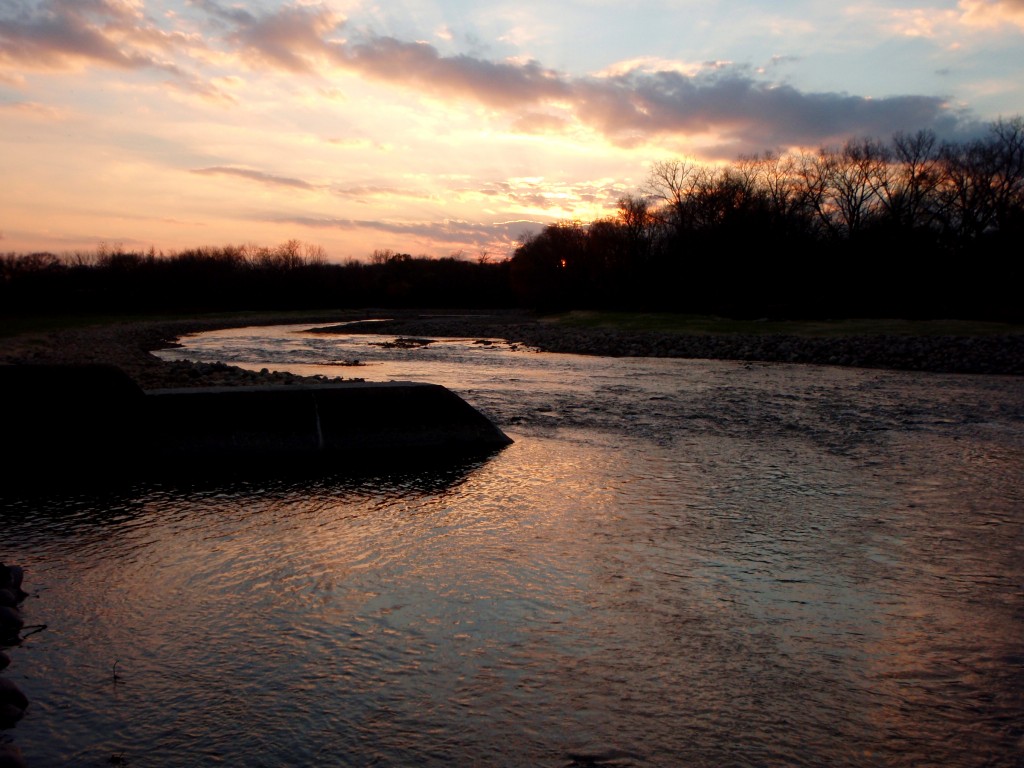
On the rivers I primarily walleye fish each spring and fall, 16 low-head dams are now in the process of being entirely removed or modified over the next few years. This project is now roughly half-way completed. This will undoubtedly open up a new world to our migratory walleye populations and other gamefish species as they seek new habitats. While these dam removals are politically influenced in order to provide jobs and economic growth for the state, they should be entirely influenced by biologic studies and the obvious supporting data, and the critical needs and requirements for the particular river system as provided by biologists and DNR agencies. What’s saddening is that it’s taken over 100 years for man to finally realize that these dams are killers to stream life, and it will take additional years, if not decades, to remove hundreds of more dams in order to fully restore & rehabilitate miles of impacted rivers. Time is the next hurdle for the future of our river’s migratory fish populations.
For the last five years in Northeastern Illinois, I’ve been involved with local conservation groups who are spearheading our dam removal projects. My role as an angler has been to provide these organizations with evidence, catch data, stream locations, and field reports to aid in their scientific studies and then give proof to the state for the final determination. My independent conclusion is that the improved walleye catch rates my team and I experienced by hook and line in 2013 are greatly attributed to the dams that have already been removed from our rivers; Not increased fish stocking.
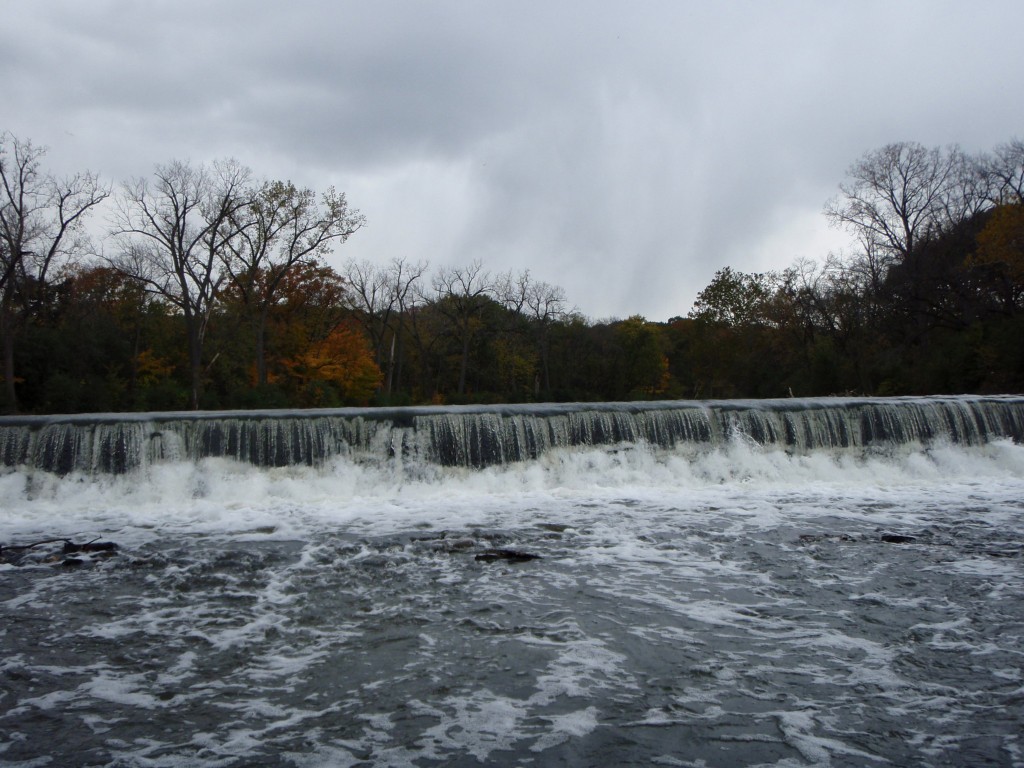
Through extensive research done by conservation groups such as the Conservation Foundation and Midwest Biodiversity Institute, the concluding data in their annual 2007-2012 Bioassessment reports (available at drscw.org) indicates that river fish populations are always at their strongest downstream of dams, and their weakest and most lifeless in the silted cesspools upstream of dams. Fish assemblages like this, for example, are directly correlated to dissolved oxygen levels and habitat. This data has remained consistent throughout the years, and walleyes are amongst the most impacted gamefish species due to these factors.
Good Dams and Bad Dams
The environmental consequences of dams are numerous and varied. It’s obvious that dams prevent fish migrations, which is detrimental to the future of the fishery, and in some cases completely separates spawning habitats from rearing habitats. Dams additionally trap sediments above and below the structure, which are critical for maintaining aquatic habitats such as deltas, fertile floodplains, and barrier islands downstream of the dam. However, sediments trapped by dams prevent successful walleye natural reproduction from taking place. Another significant impact of dams is the transformation upstream of the dam from a free-flowing river ecosystem to an artificial, lifeless and unhealthy slackwater reservoir habitat.
Unless the dam is hydroelectric or used for reservoir management, the consensus locally and throughout the Midwest is that dams no longer serve a purpose; especially low-head dams.
Most of the rivers throughout Northern Illinois have been shaped by the construction of low-head dams and weirs: Fox River, Kankakee River, Des Plaines River, Salt Creek, etc. Today, the dams that are still present remain popular for walleye fishermen and sight-seers. The only reasons they even remain a factor for fishing is because walleyes and all other gamefish species have nowhere else to go and eventually become trapped in their downstream pools. The dam becomes their barrier, and prevents fish from accomplishing their life’s mission which is to spawn annually.
Meanwhile, other dams are quite beneficial for fishing and still serve a purpose for local economies, communities, and fishermen. On the larger river systems I fish throughout Wisconsin, hydroelectric and gravity dams managed by the Wisconsin Valley Improvement Company have greatly shaped the landscape and fisheries of the Flambeau and Wisconsin River systems, where productive flowages and large impoundments still coexist with miles of healthy free-flowing river environments and a limited number of dams. The presence of larger dams and their upstream impoundments has shown that dissolved oxygen levels, and walleye populations and their spawning habitat have remained unaffected and continue to flourish, especially in the still waters of the reservoirs upstream. Additionally, river sturgeon populations are revitalizing and now displaying levels of natural reproduction in both rivers, but are nowhere near their former populations prior to the installment of dams decades ago. Lastly, flow rates are maintained by their dams at consistently normal levels, and flooding and water fluctuations seldom occur.
Just imagine what could have been if Illinois had decided to follow Wisconsin’s model of river management instead of building all of those crumbling eye-sore low-head dams and other barriers that did nothing but degrade these rivers and did little to minimize the mass flooding in recent years.
The Impact on Walleyes and Ecosystem
Migrations in fish populations have always been examined and intensely studied by biologists and our DNR agencies. Nearly all fish species exhibit daily and seasonal patterns of movement, while some species restrict their activities to a well defined region of space.
The long-range movements of walleyes in our Northern Illinois rivers occur in three forms: Reproductive spawning migrations; Feeding migrations and Refuge migrations. The extent of any migration is influenced by the available miles of free-flowing river in pools between dams, and the habitat within them. For walleyes residing in our rivers, not a whole lot of space and ideal spawning habitat is available within these pooled off sections of river due to the overabundance of low-head dams. For instance, some of the best free-flowing river fisheries in the country allow walleyes to travel up to 15 miles or more in order to make their upstream spawning migrations. Thus, when they cannot spawn and dams prevent them from homing to these historic spawning sites, stocking will always be needed in order to maintain the fishery.
With the removal of dams, water quality and health of the river system will be improved. Additionally, the potential for better reproduction and self-sustaining populations exists for not just walleyes, but all species of fish including the even more migratory river suckers and shad. The presence of both of these major forage species is critical in the existence of gamefish populations in rivers, and they too can flourish as well.
Improvements in Fishing
Spring and Fall 2013 were some of the best walleye fishing I’ve ever experienced at a local level for numbers and increased catch rate on rivers that underwent dam removals. Consistent catches along with multiple fish outings resulted in an average of catching nearly two adult walleyes (17-21 inch size) per angling hour which is staggering in comparison to years past when we struggled to catch .25 to .50 fish per hour. I attribute this year’s increase in productivity to the removal of dams on the Des Plaines River and its tributaries. Previously stocked walleyes from 4-5 years ago now have free reign to utilize all available spawning habitat and make even longer migrations.
To my knowledge, the Illinois DNR has four walleye stocking sites on the Des Plaines River watershed, which will be kept a secret. I truly believe that the increased number of walleyes that were caught in 2013 are survivors of these fish stockings that take place annually several miles downstream from where the former dam sites were located. Another observation is the walleye’s newly-established presence in certain sections of the river and tributaries, locations from which they have never been caught or observed in before! To catch fish that originated miles downstream from the stocking sites and allowing them to navigate past former barriers speaks volumes of dam removal.
We already know that water quality, cleaner bottom substrate, fish habitat, assemblage, dispersals and species diversity have improved thanks to dam removal. But will it eventually lead to future spawning success for the river walleye? Only time will tell. For all of the rivers whose dams have already been removed, time is on the walleye’s side.
Has dam removal improved the quality of walleye fishing on these rivers and their tributaries? You bet! Walleye fisheries will continue to improve as more dams get removed.
